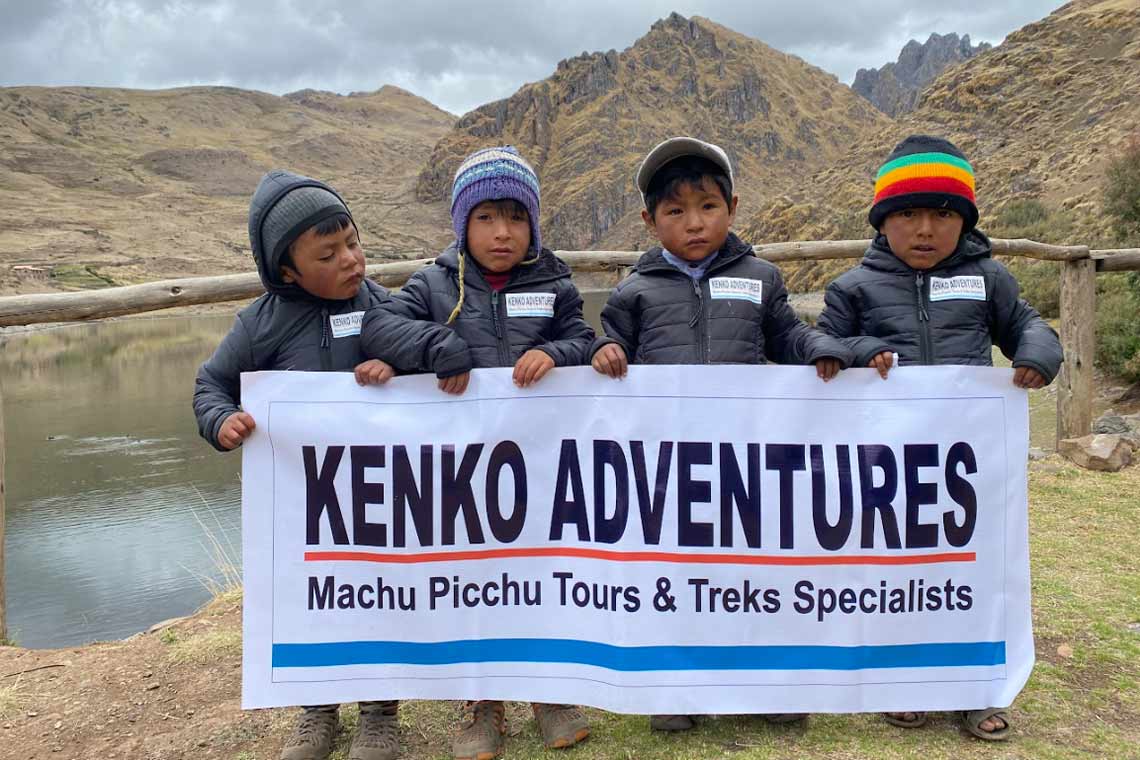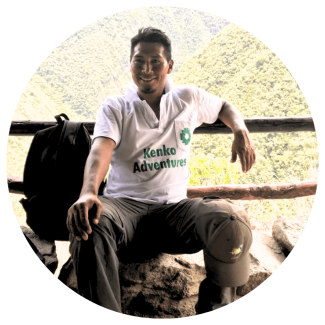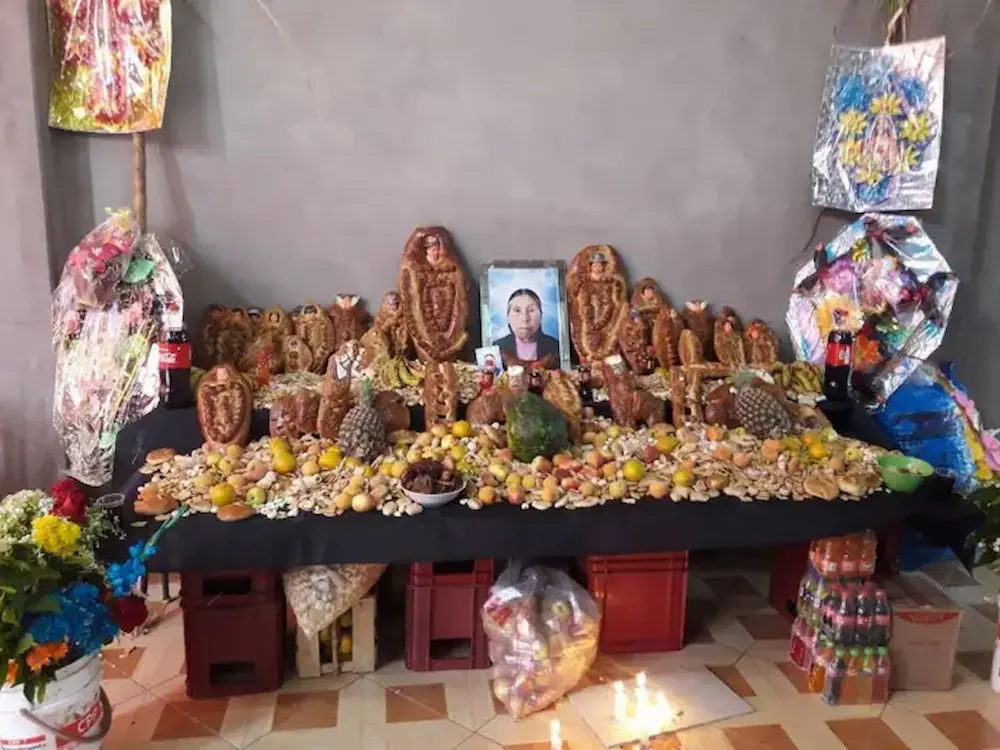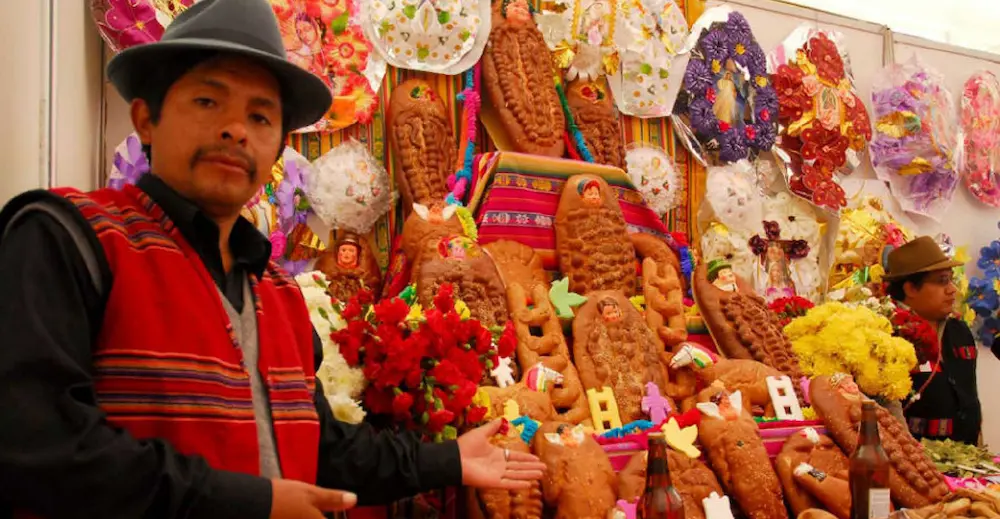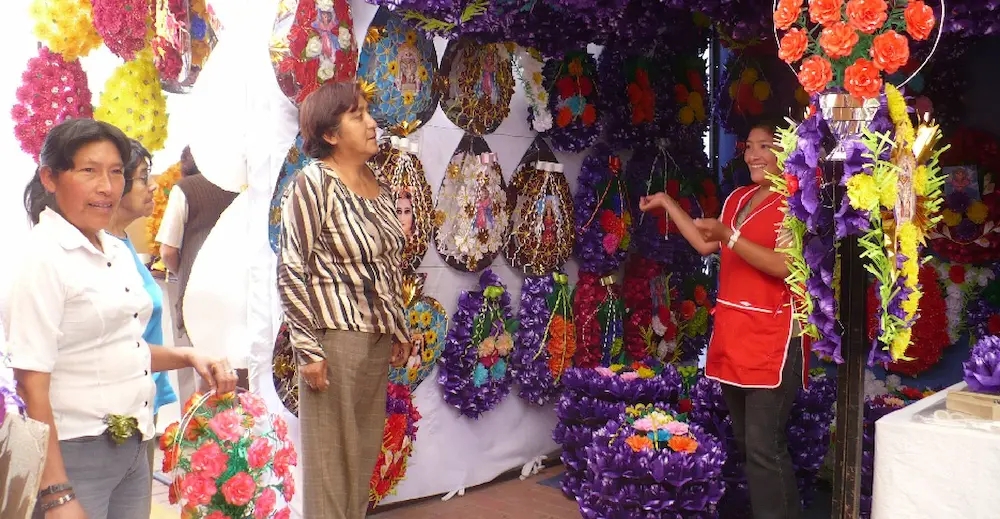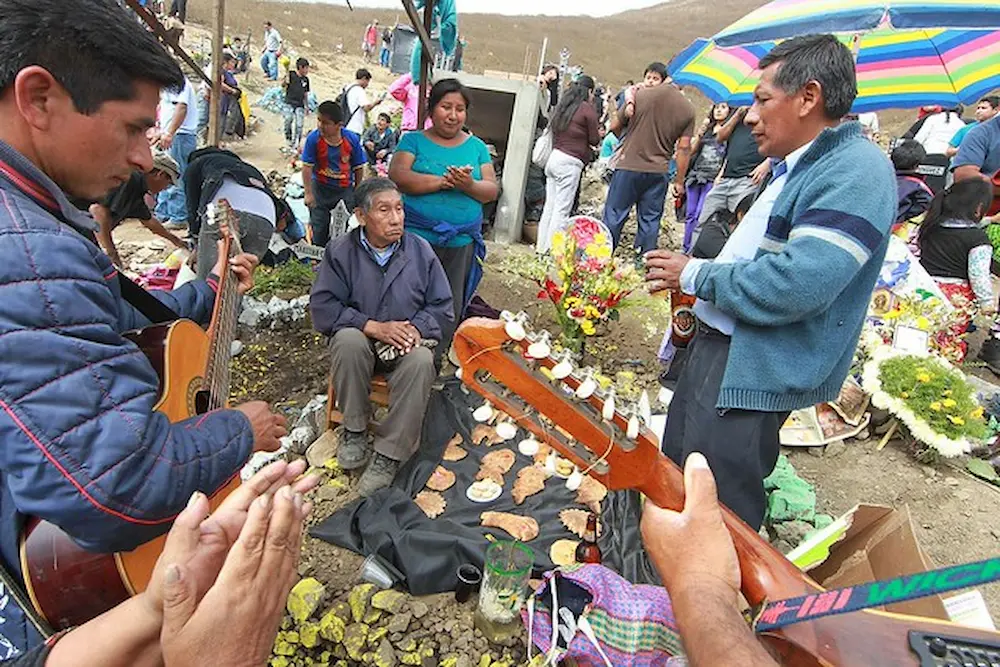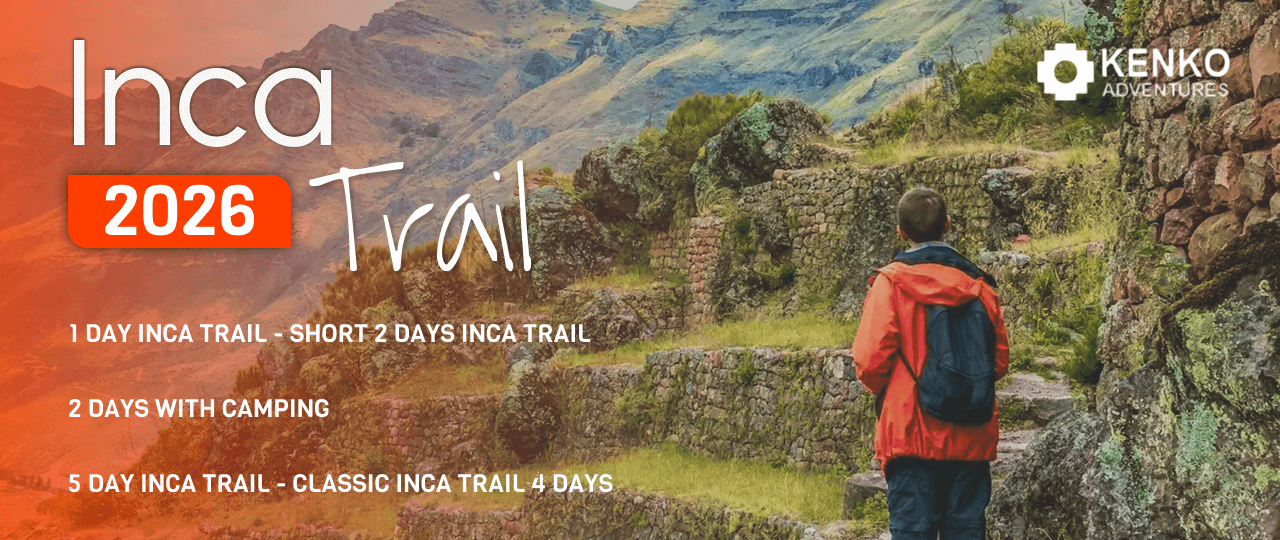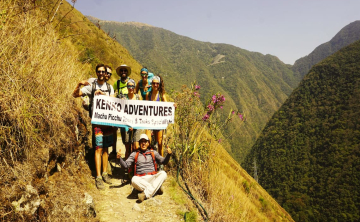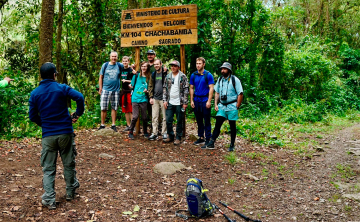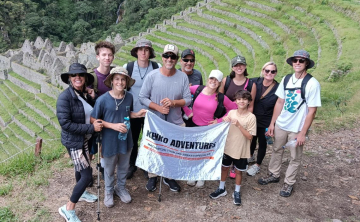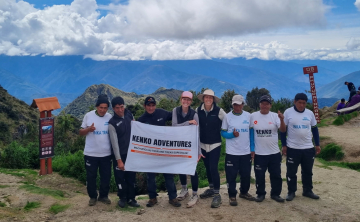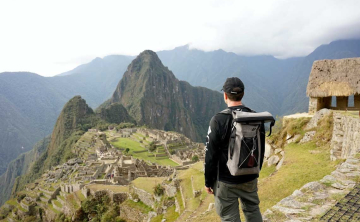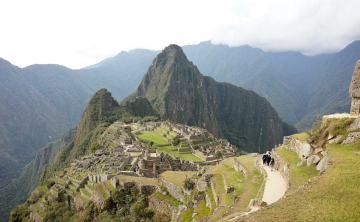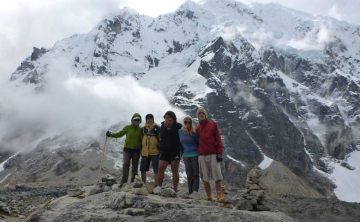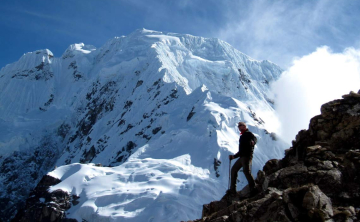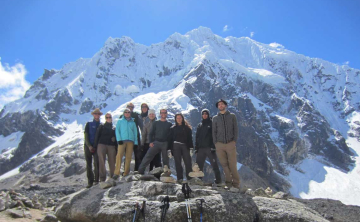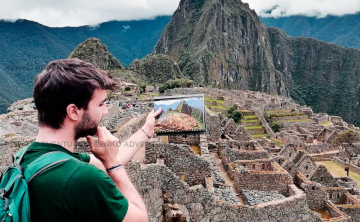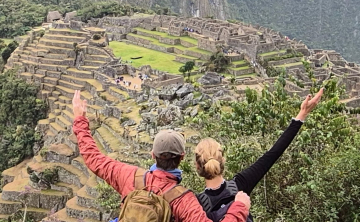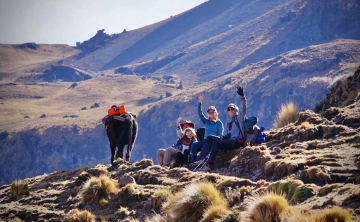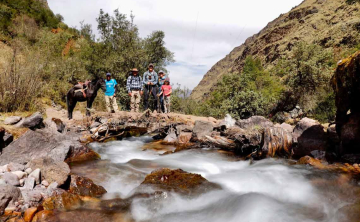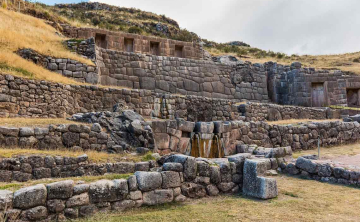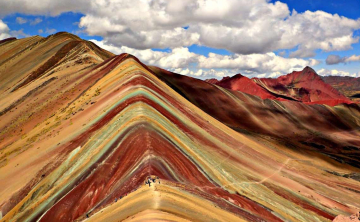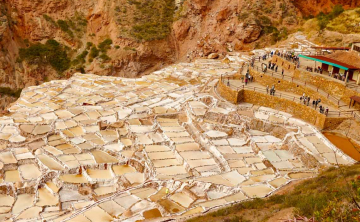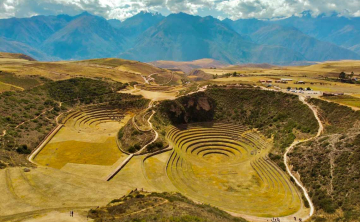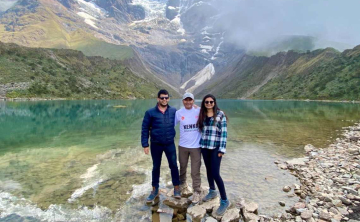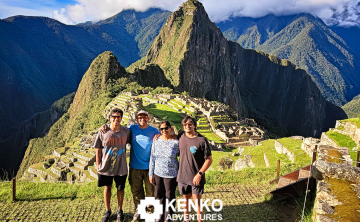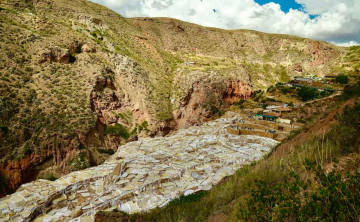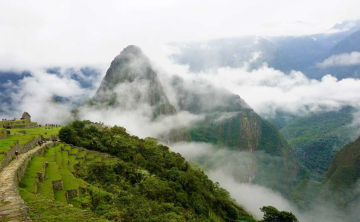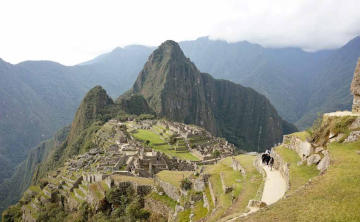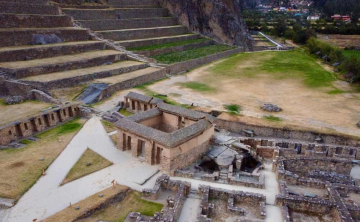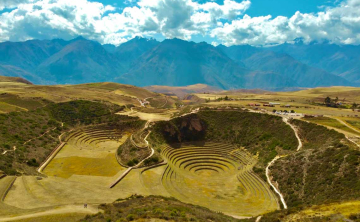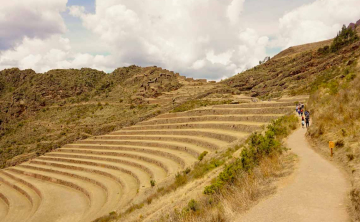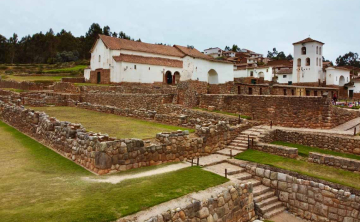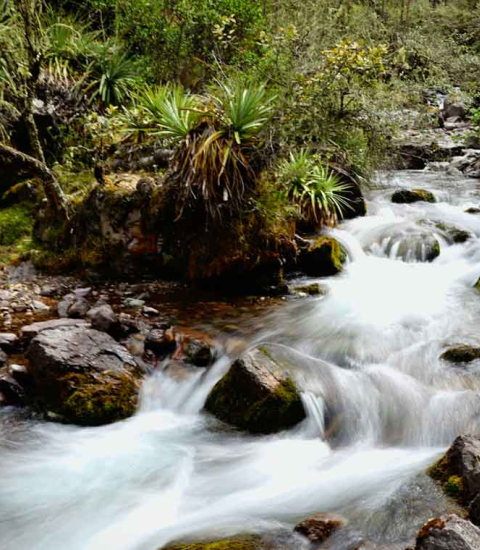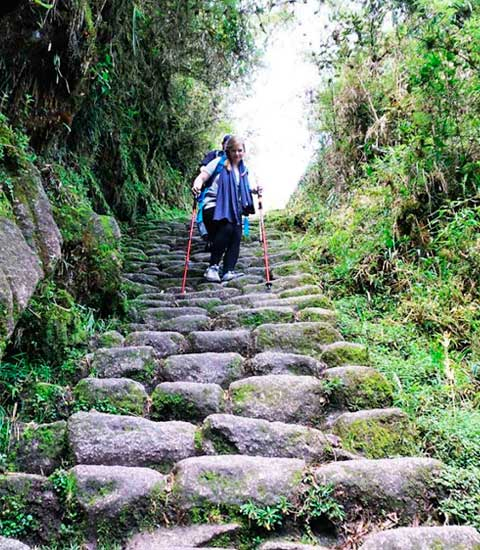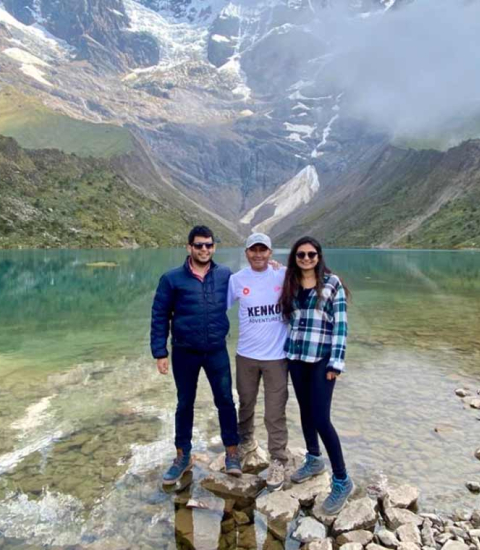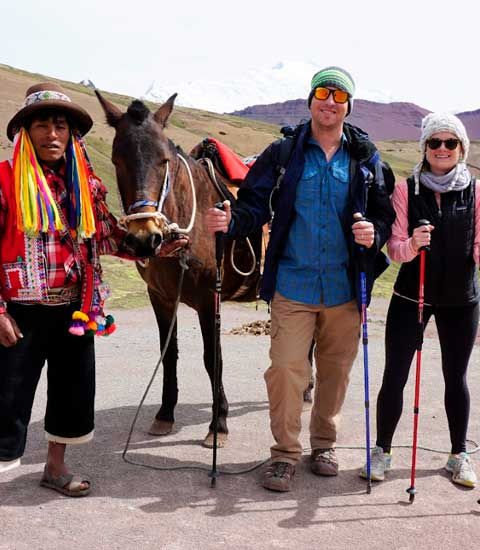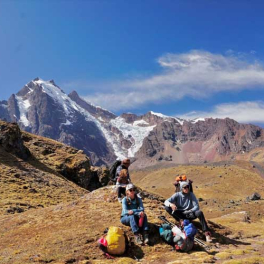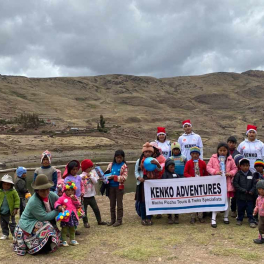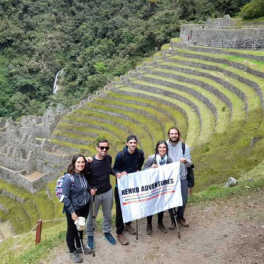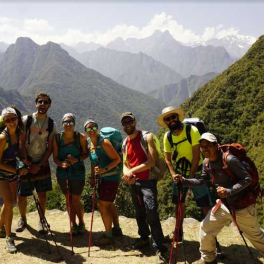We present our real culture life to our clients, hiring people from villages and communities of our region.
- Blog
- Celebration of Day of The Dead In Peru
Celebration of day of the dead in Peru
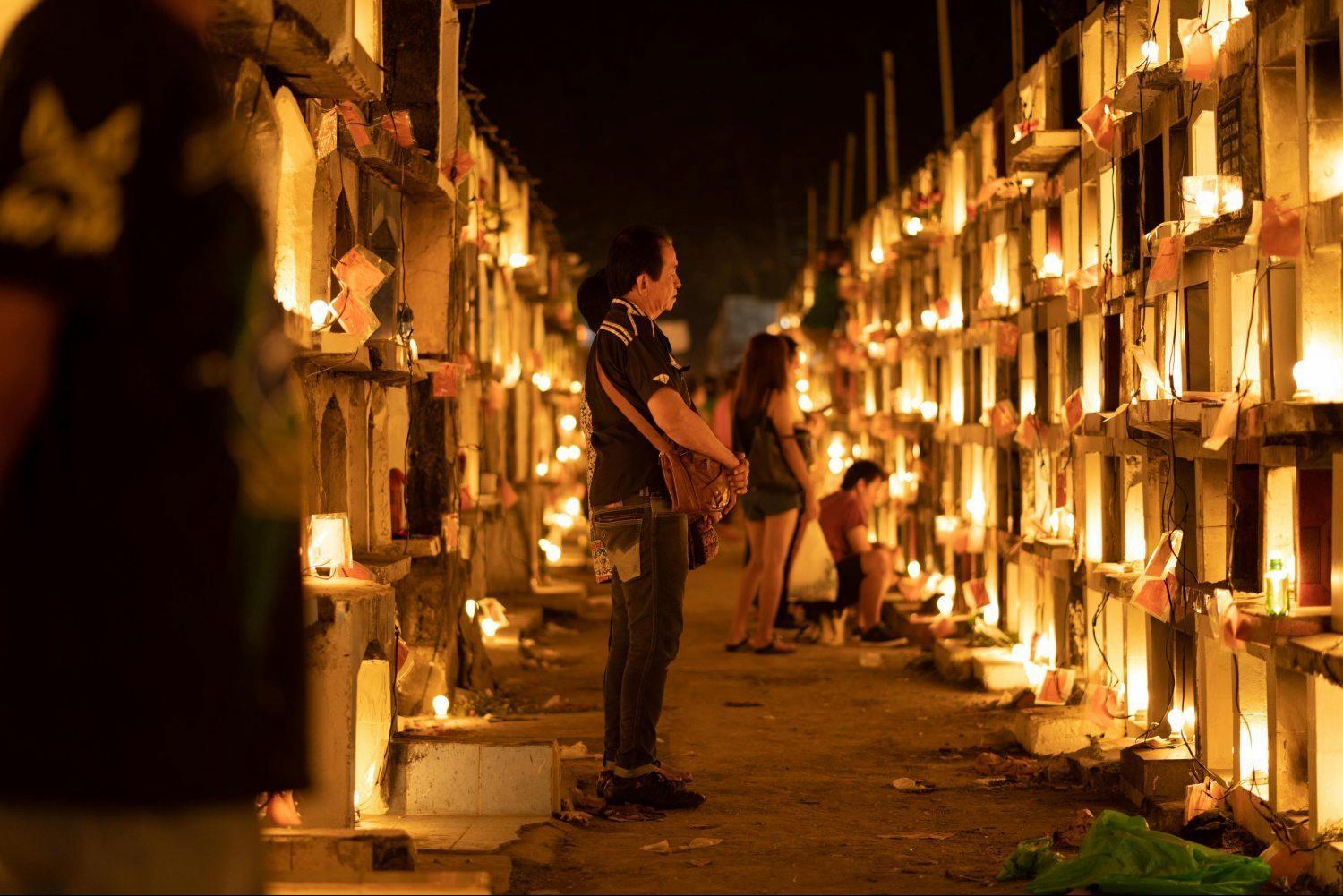
Peruvians' ability to recognize death while celebrating life is demonstrated by the country's Day of the Dead. Every year on November 1st and 2nd, cemeteries all throughout the nation are transformed into poignant locations for family reunions when it seems impossible to tell this world from the next. This is genuinely Peruvian, with origins in Andean cosmovision, and it has developed throughout time without losing its own qualities. It is not a copy.
Imagine colorful flower-decorated cemeteries, families eating customary meals atop tombstones, music piercing the silence, and talks in which the living update their departed loved ones on all that has transpired. Grief is viewed by Peruvians as a different means of maintaining connections rather than as a permanent separation. From t'antawawas (baby-shaped cakes) in the Andes to seaside processions to Amazonian rites that combine Catholic and traditional practices, every location has its own unique take on the holiday. Peru's remarkable cultural diversity is reflected in this tapestry. Are you curious in the true meaning of this event, how families prepare and eat, what each symbol stands for, and why Peruvians celebrate it with such fervor? This essay serves as an introduction to one of the most exquisite and profoundly human customs in Peru.
What is the day of the dead in Peru?
The Day of the Dead in Peru, known as DÃa de los Difuntos, is a deeply spiritual and cultural celebration held on November 1st and 2nd. It is a time when families gather to honor the souls of their departed loved ones through rituals, offerings, food, and remembrance. Far from being a time of mourning, this tradition reflects joy, continuity, and profound respect for ancestral bonds.
While often compared to Mexico’s DÃa de los Muertos, Peru’s version of the holiday is more introspective and rooted in local Andean customs. The Peruvian celebration combines Catholic teachings about the afterlife with pre-Columbian beliefs, resulting in a unique cultural expression of life, death, and spiritual connection.
You might also want to check out: 20 fascinating facts about Inca Culture
The origins of the day of the dead in Peru
The Peruvian Day of the Dead is the result of centuries of cultural blending. It reflects how ancient Andean civilizations viewed death as a transition rather than an end, and how Spanish colonization introduced Catholic doctrines that reshaped — but did not erase — these indigenous worldviews.
Pre-Columbian roots
Before the arrival of Europeans, Andean societies had a strong belief in the afterlife and the spiritual presence of their ancestors. Death was seen as a passage to another realm, where the spirits of the deceased remained active members of the community. Families would perform rituals to maintain a connection with their ancestors, often preserving mummified bodies and holding ceremonies in their honor.
Funeral practices were deeply symbolic and included offerings, sacred burial sites, and ritual feasts. Ancestors were not forgotten — they were revered, and their spirits were thought to guide and protect the living.
Catholic influence and cultural fusion
The Spanish colonization of the 16th century brought Catholic beliefs and traditions, including All Saints’ Day (November 1) and All Souls’ Day (November 2). These Christian observances were introduced to indigenous communities and gradually merged with their existing rituals.
Rather than erasing ancestral practices, the Catholic Church allowed many of them to continue under a new religious framework. The result is a rich example of syncretism, where Catholic liturgy and Andean spirituality coexist. This blending created the Day of the Dead as it is celebrated today in Peru — a fusion of the sacred and the ancestral.
You might also want to check out: What were the incas known for?
How peruvians celebrate the day of the dead
In Peru, the Day of the Dead is not just a holiday — it is a family ritual filled with warmth, nostalgia, and spiritual devotion. People take time off to reconnect with their heritage, pay respects to their loved ones, and celebrate the unbroken bond between generations.
Visiting cemeteries
On November 1st and 2nd, cemeteries across Peru come alive with the presence of families. Gravesites are cleaned and decorated with flowers, candles, photographs, and personal items. Families often spend the entire day at the cemetery, sharing stories, prayers, and even meals near the tombs of their loved ones.
The atmosphere is one of peaceful celebration, where grief gives way to gratitude. It's a symbolic reunion between the living and the dead — a way of saying, "You are not forgotten."
Traditional food and offerings
Food plays a central role in the celebration, acting as both an offering and a shared experience. Families prepare and bring dishes that the deceased enjoyed in life, believing that their spirits return to partake in the meal.
Among the most iconic items are:
- Pan wawa: Bread shaped like babies, symbolizing life and rebirth.
- Caballitos de pan: Bread horses representing the journey of the soul.
- Lechón (roast pork), tamales, biscuits, and chicha morada are also commonly served.
These foods are placed on home altars or graves as spiritual gifts, creating a sensory connection between the worlds of the living and the dead.
Music, rituals, and remembrance
The Day of the Dead in Peru is not only a time for food and family but also for traditional rituals that reflect the fusion of Catholic and Andean customs. In many regions, you’ll hear Quechua songs, witness Andean dances, or join in sunrise masses at local churches and cemeteries.
These ceremonies offer thanks to the spirits, invite blessings for the living, and preserve the memory of ancestors. The celebration is both sacred and joyful, bridging two worlds through rhythm, prayer, and remembrance.
You might also want to check out: Inca calendar: Solar alignments at Machu Picchu
Regions in Peru where all souls’ day is celebrated
The Day of the Dead is observed throughout Peru, but each region adds its own distinct cultural flavor. From the highlands to the coast, these local interpretations highlight the country’s vast diversity in beliefs, languages, and traditions.
Ayacucho
In Ayacucho, the celebration is deeply spiritual and communal. Families create altars at home with flowers, candles, pan wawa, and photos of their deceased. At the cemetery, groups gather to pray and sing in Quechua, while musicians play traditional Andean instruments.
The streets are filled with the scent of fresh bread and burning incense, creating a serene and sacred ambiance that honors the dead with quiet reverence and collective devotion.
Cusco
In Cusco, the Day of the Dead balances solemnity and celebration. Families visit cemeteries with food and drink, often sharing symbolic meals with their ancestors. Local markets are vibrant with vendors selling bread figurines in the shapes of babies and horses.
Tourists in Cusco often join cultural tours such as the Cusco City Tour or Sacred Valley Tour, gaining insight into how Andean beliefs and Christian rituals come together in this meaningful observance.
Lima
In Peru’s capital city, the celebration reflects an urban context but retains its intimate family spirit. Many families visit historic cemeteries like PresbÃtero Maestro, decorating graves with flowers, music, and personal mementos.
In some neighborhoods, Andean customs are kept alive alongside Catholic masses and criollo music. Parks and plazas may host cultural fairs where visitors can enjoy traditional sweets and pan wawa, keeping the celebration alive in modern Lima.
Puno
In Puno, the Day of the Dead is strongly influenced by Aymara and Quechua traditions. Families build elaborate offering tables called tanta wawas, filled with symbolic breads, fruits, and figurines representing abundance and spiritual gratitude.
Colorful processions, folk dances, and rituals honoring Pachamama (Mother Earth) are common. In these highland communities, the holiday is both a spiritual feast and a celebration of nature’s cycles.
Symbolism and meaning behind the celebration
At its core, the Day of the Dead in Peru is about the continuity of life and the power of memory. Death is not feared, but embraced as a natural passage that allows for spiritual transformation and reconnection with ancestors.
Through food, rituals, and togetherness, families reaffirm their bonds across time. The past is not forgotten — it is celebrated, honored, and made present through the stories and traditions passed down across generations.
Experiencing the day of the dead in Peru as a traveler
Travelers visiting Peru during the Day of the Dead have a unique opportunity to witness — and respectfully take part in — a celebration filled with heart, meaning, and culture. This is more than a tourist event; it’s a sacred time for reflection, gratitude, and learning.
Participating in cultural tours in Ayacucho, Cusco, Puno, or Lima can provide deeper insights into the meaning of the holiday. Many tours include visits to local markets, community altars, and cemeteries, where respectful observation is welcomed.
Responsible tourism and cultural respect
If you wish to observe or participate in the Day of the Dead in Peru, it’s essential to do so with cultural sensitivity. This celebration holds deep emotional and spiritual value for locals.
Here are a few guidelines:
- Ask for permission before taking photos.
- Avoid disruptive behavior in cemeteries or rituals.
- Support local artisans and vendors selling traditional items like pan wawa or handmade crafts.
- Choose tours that promote cultural education and community involvement.
You might also want to check out: Spanish conquest of the Inca Empire
The modern significance of the day of the dead in Peru
Today, the Day of the Dead continues to evolve. Younger generations are rediscovering and preserving these traditions, often through school projects, community events, and digital media. At the same time, globalization has influenced how the celebration is expressed in urban areas.
Despite these changes, the essence of the holiday remains: honoring the memory of those who came before us and recognizing the enduring thread that connects past, present, and future.
A timeless connection between life, memory, and the soul
The Day of the Dead in Peru is a celebration of love that transcends death. It is a moment of spiritual reunion — where the living and the dead meet in a shared space of remembrance and gratitude.
For travelers, it offers a rare and beautiful chance to witness how a culture preserves its roots while embracing the present. Whether in a quiet cemetery in the Andes or a bustling market in Lima, the message is the same: life goes on, memory endures, and love never dies.
Why Kenko Adventures?
We offer unique services like: hot shower and private toilets on treks. We have a real responsibility taking care of our planet.
Experts on: Inca Trail hikes and Machu Picchu Hiking Tours. We operate small groups.
Superior Quality services and full flexibility for any changes in this pandemic
Free warm jacket for my litle friend!
Kenko Adventure Peru founder decided to add a social proyect in all Our tours that means, if you are booking a tour with Us, you automatically are donating a warm jacket for Our litle kids that have very hard living in very cold conditions near by the Andes Mountain
